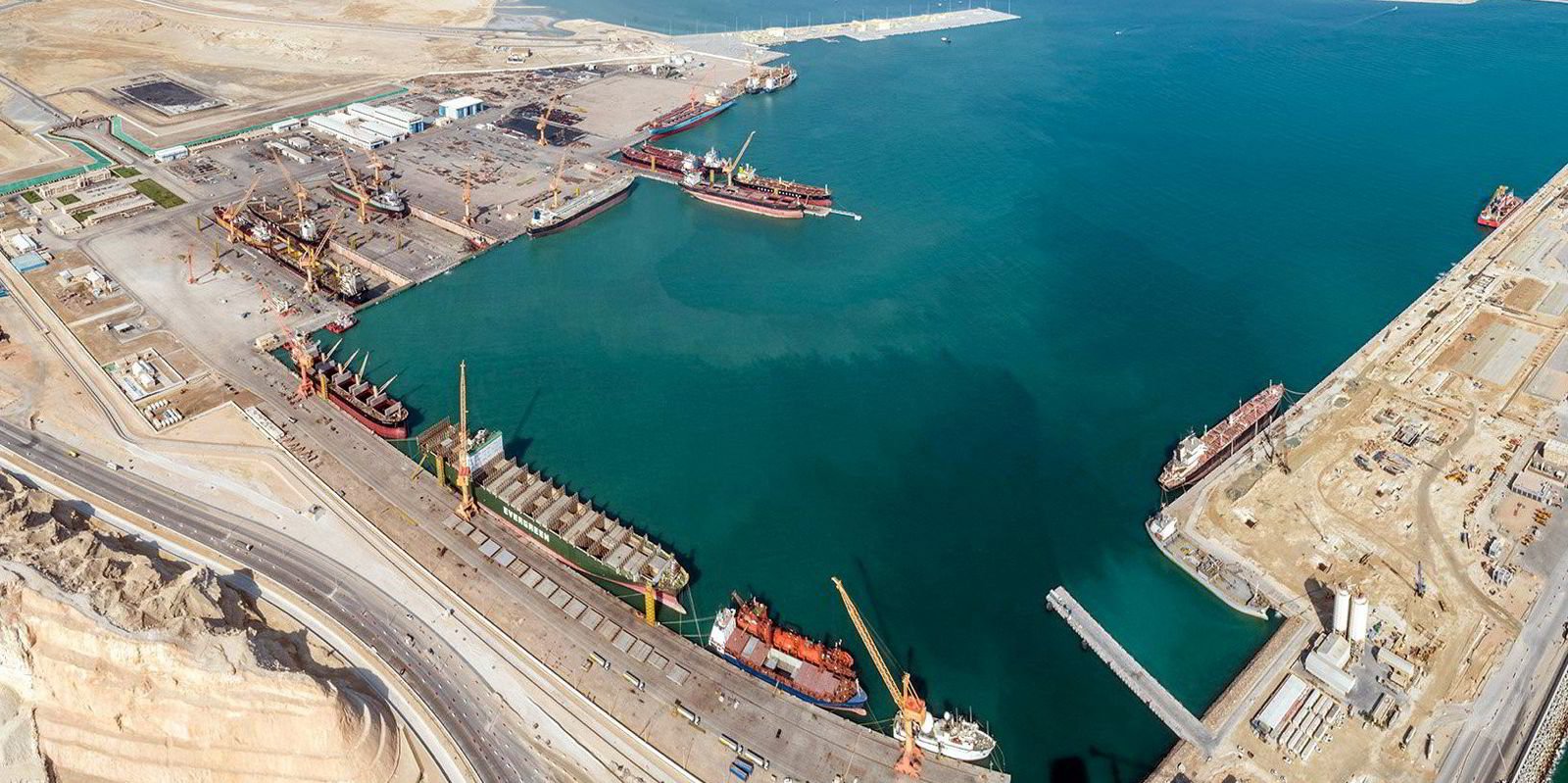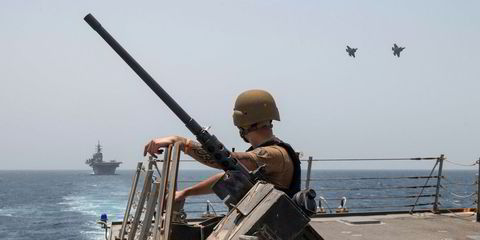Last December, Oman’s ASYAD Group began the integration of shipowner Oman Shipping Co (OSC) and Oman Drydock Co (ODC), with Ibrahim Al Nadhairi appointed as the new chief executive of both.
As a qualified chief engineer, heading up a shipyard is something that Al Nadhairi clearly relishes.
He told TradeWinds it is time the giant repair yard realises its full potential to be a major player on the global ship-repair scene.
It is well on its way, he said.
ODC opened in 2011 as a joint venture between the Omani government and South Korea’s Daewoo Shipbuilding & Marine Engineering.
The yard has been regarded by regional competitors as being a scrape-and-paint yard that functioned mainly as OSC's in-house repairer.
This may have been the case a decade ago, but Al Nadhairi said nothing could be further from the truth today.
“We’ve moved into more complex work, regularly handling projects such as scrubber and ballast water retrofits. We are even doing FPSO [floating production storage and offloading] and FSO [floating storage and offloading] conversions,” he said.
Shipbuilding move

ODC will now begin a transition towards shipbuilding.
It will start on a modest scale with the construction of relatively simple ships such as tugs and fishing boats, but its goal is to eventually target high-value shipbuilding projects.
Repair work will remain its core business. Al Nadhairi described ODC’s ship-repair volumes as being at very healthy levels and growing.
“Despite Covid-19, 2020 was an exceptional year [with] 18 OSC vessels put into the yard, but those were only 27% of the workload,” he said.
This year is shaping up to be even better.
In January and February, ODC handled 38 repair projects, almost double the number completed during the same period in 2020. And of the 38 jobs, only three were OSC ships.
“We want to reduce the dependence on OSC and increase the number of foreign ships,” Al Nadhairi said.
Recognising that it is not practical to use ODC’s existing 500,000-dwt and 600,000-dwt dry docks for small to medium-size ships, the yard will be adding an 80,000-dwt capacity floating dry dock within the coming quarter.
OSC and ODC are in the process of integrating various shared services, primarily back-office functions, but each will continue as separate legal entities with their own chief operating officers.
While they will retain their existing names, they are expected to operate under ASYAD branding in the future.






